Unleash Your Inner Cheesemaker: Mastering Homemade Mozzarella for Cheese Enthusiasts
In times of uncertainty, it's empowering to acquire new skills that allow us to become more self-sufficient.
One such skill that can bring immense satisfaction is cheese making. Today, we embark on a cheesemaking journey as we delve into the art of crafting homemade mozzarella. By learning to make our own mozzarella, we can savor the joy of creating this creamy, versatile cheese from scratch, ensuring that we have a delectable supply on hand even when store-bought options are scarce. Join us as we unlock the secrets of Mozzarella making and discover the delights of homemade cheese.
Recipe: Preserving Avocado Perfection: The Refrigerator Water Method
Homemade Mozzarella Recipe:
Ingredients:
- - 1 gallon whole milk (avoid ultra-pasteurized milk)
- - 1 1/2 teaspoons citric acid
- - 1/4 rennet tablet (or 1/4 teaspoon liquid rennet)
- - 1/4 cup chlorine-free water, for diluting rennet
- - 1 teaspoon cheese salt (non-iodized)
Instructions:
1. Warm the milk: Pour the whole milk into a large stainless steel pot and slowly heat it over medium-low heat, stirring occasionally to prevent scorching. Warm the milk to around 90°F (32°C).
2. Dissolve citric acid: In a small bowl, dissolve the citric acid in 1/4 cup of cool, chlorine-free water. Stir until the citric acid is completely dissolved.
3. Add citric acid mixture: Once the milk reaches 90°F (32°C), remove the pot from heat and gently stir in the citric acid mixture. Stir thoroughly for about 30 seconds to evenly distribute the citric acid.
4. Heat the milk further: Return the pot to the stovetop and heat the milk over medium-low heat, stirring gently. Continue heating until the milk reaches 105°F (40°C). At this point, the milk should start to curdle, forming curds and whey.
5. Dilute rennet: In a separate small bowl, dilute the rennet tablet in 1/4 cup of cool, chlorine-free water. Stir until the rennet is completely dissolved.
Recipe: Homemade Hamburger Helper: Elevating Convenience with Delicious DIY Recipes
6. Add rennet mixture: Once the milk reaches 105°F (40°C), remove the pot from heat and gently stir in the rennet mixture. Stir gently for about 30 seconds to distribute the rennet evenly.
7. Let the curds form: Cover the pot and let it sit undisturbed for 45-60 minutes, allowing the curds to form and separate from the whey.
8. Cut and heat the curds: After the curds have formed, use a long knife to cut them into small, 1/2-inch (1.3 cm) cubes. Place the pot back on the stove and heat the curds over medium-low heat, stirring gently. Slowly heat the curds to 105°F (40°C), stirring occasionally to prevent sticking.
9. Drain the whey: Using a slotted spoon or a cheesecloth-lined colander, gently scoop the curds into the colander, allowing the whey to drain away. Reserve the whey for other culinary uses if desired..
Read Next: Preserving Freshness: The Ultimate Guide to Canning Bread
10. Microwave and stretch the curds: Transfer the curds to a microwave-safe bowl. Microwave the curds for 1 minute, then carefully drain any excess whey. Put on heat-resistant gloves and knead and stretch the curds, folding them onto themselves until they become smooth and elastic.
11. Salt and shape the mozzarella: Sprinkle the cheese salt over the stretched curds and gently fold and knead the cheese to incorporate the salt. Shape the mozzarella into desired forms such as balls, logs, or knots.
12. Cool and store: Place the shaped mozzarella in a bowl of ice-cold water for a few minutes to cool and set. Once cooled, remove from the water and pat dry. Your homemade mozzarella is now ready to be enjoyed!
Congratulations on mastering the art of making homemade mozzarella!
By venturing into the world of cheesemaking, you've unlocked a world of culinary possibilities and ensured a steady supply of this creamy delight. With a few simple ingredients and a little patience, you can transform ordinary milk into a luscious, homemade mozzarella that will elevate your dishes to new heights. So, gather your ingredients, embrace your inner cheesemaker, and savor the satisfaction of crafting your very own mozzarella cheese, one delectable batch at a time.
Similar: Preserving Creamy Goodness: A Guide to Making and Canning Homemade Butter
1-Related: Embrace the Essence of Spring: Dandelion Bread Recipe
2-Related:A Delightful Culinary Journey: Homemade Bread, Dinner Buns, Raspberry Freezer Jam
3-Related: Mastering the Art of Breadmaking with a Bread Machine: A Recipe for Homemade Bliss
4-Related: Homemade Lavender Body Soap: A Natural and Nourishing Delight for Your Skin




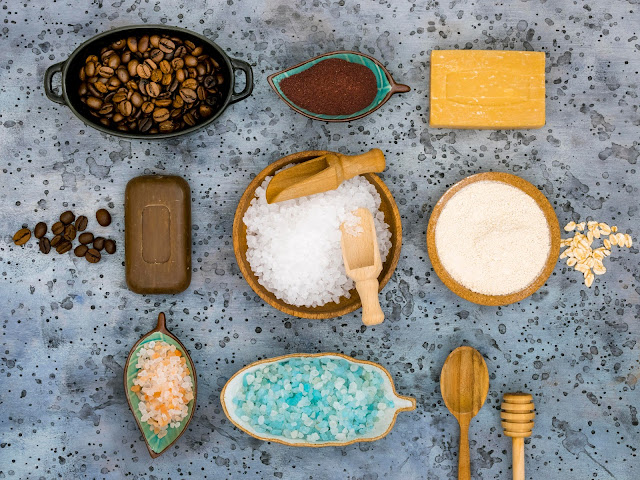

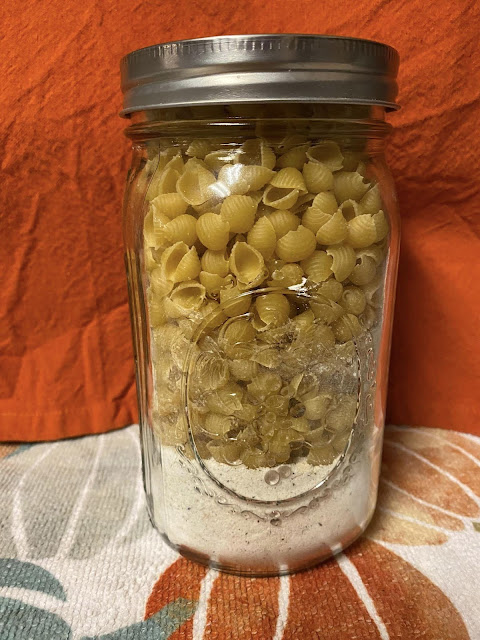




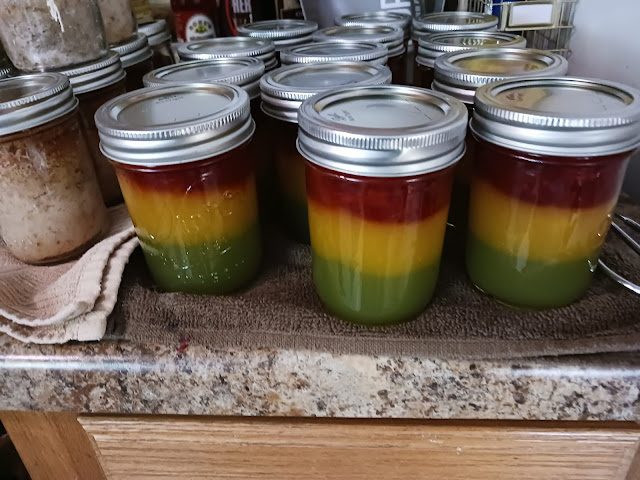

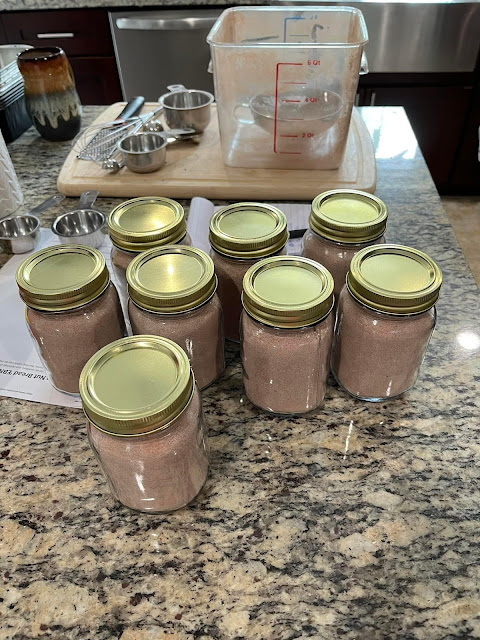
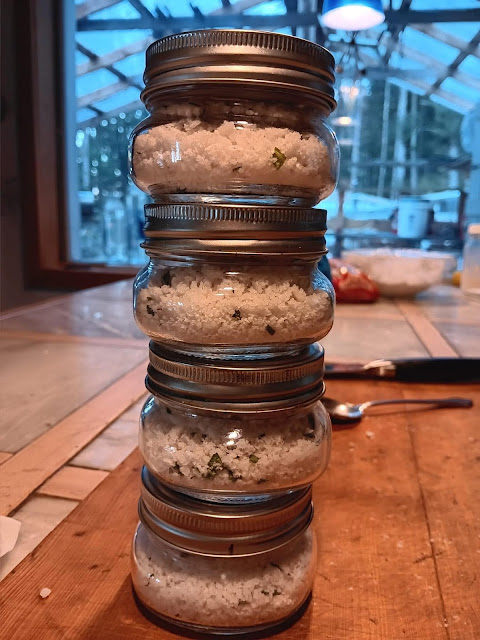
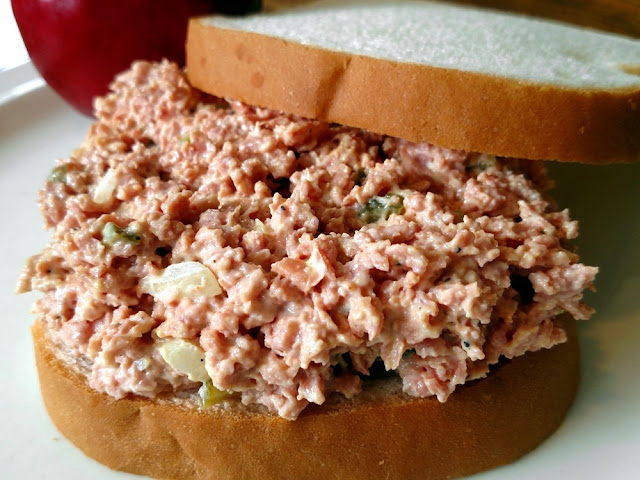
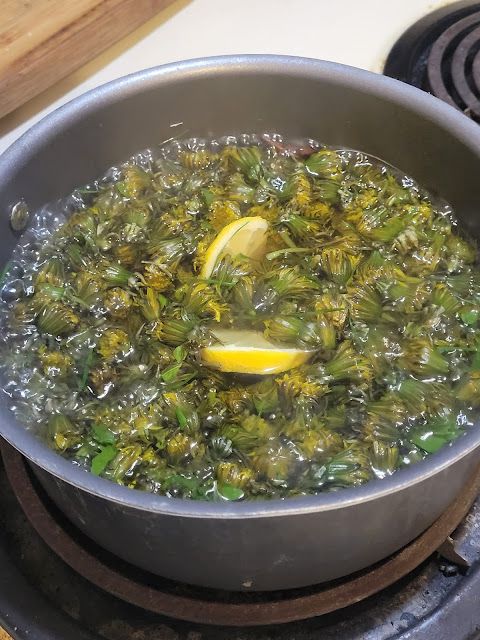



Comments